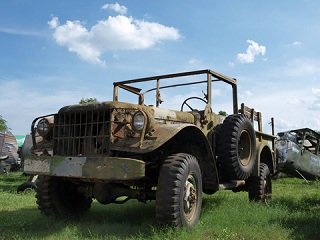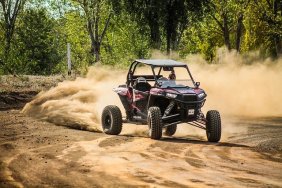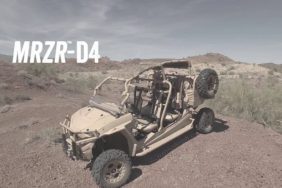 The breadth of off-road vehicles available on today’s market is a testament to innovation. From ATV’s to rally trucks, sand rails and rock crawlers, there is a motorized method of transportation to get you where you’re going whether it’s in mud or mountains, sand or snow, hell or high water. While today’s vehicles are typically credited to forward thinking engineers and what many may call the influence of redneck ingenuity, the off road vehicle market has roots seeded in the early 1900’s…In Russia.
The breadth of off-road vehicles available on today’s market is a testament to innovation. From ATV’s to rally trucks, sand rails and rock crawlers, there is a motorized method of transportation to get you where you’re going whether it’s in mud or mountains, sand or snow, hell or high water. While today’s vehicles are typically credited to forward thinking engineers and what many may call the influence of redneck ingenuity, the off road vehicle market has roots seeded in the early 1900’s…In Russia.
Adolphe Kegresse is credited with developing one of the first recognized off-road vehicles, which utilized a caterpillar style track featuring a flexible belt that could be adapted to a standard car or truck – much like a track kit for your ATV today, but on a larger scale. Kegresse’s model caught speed when the Russian Revolution of 1917 wound down and he returned to his French homeland where several expeditions using his model were funded across Asia and Africa.
While other oddities, like rigs meant solely for roaming Antarctic territories also littered the early days of off-roading, the concept ballooned with the end of World War II when a vast surplus of genuinely awesome off-road vehicles became available from the military. As civilian individuals started purchasing Jeeps and other four-wheel drive equipped, light-duty vehicles, the hobby of modifying these unique rigs and utilizing them for recreational exploration was born.
However, the World War II leftover rigs didn’t last forever, and seeing an expanding market niche, a number of vehicle manufacturers began to offer light duty 4×4’s in the marketplace. Jeep, Toyota, Land Rover, Nissan and Mitsubishi were among the world’s auto makers to first hop on the bandwagon – but it didn’t take long for others to follow suit.
Unlike their predecessors, the next wave of off-road vehicles was intended to provide their users with a little more luxury. While the early models of civilian 4×4’s were typically small and lacking in any creature comforts, as Ford and Chevrolet got into the game in the 60’s and 70’s, larger vehicles with additional passenger space and goodies like heat and radio became commonplace for consumer off-road rigs.
And in today’s world, we have everything an outdoors lover could need or want – 4×4’s that are comfortable both off road and on. They allow us to cart the kids from school to soccer and still brave the snow to go grab a Christmas tree. However, none of that has caused us to quit making stock vehicles “better” with our own after market additions – and it’s just that kind of mechanical creativity that keeps manufacturers moving forward with the latest and greatest off road rigs.








